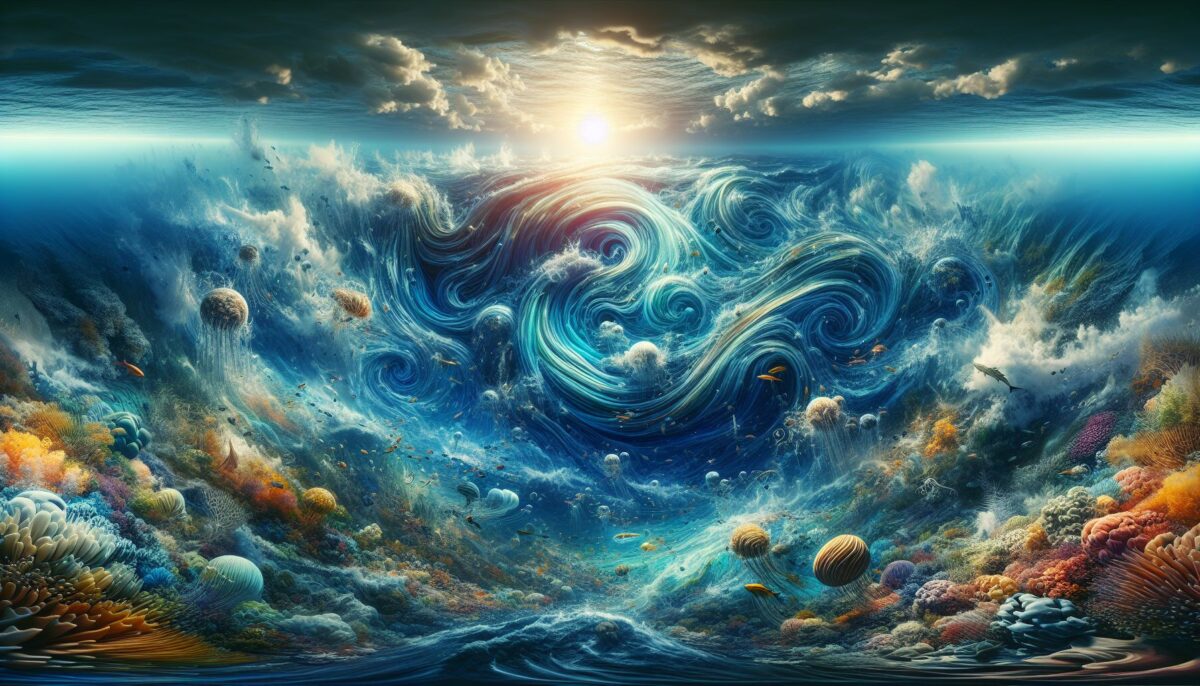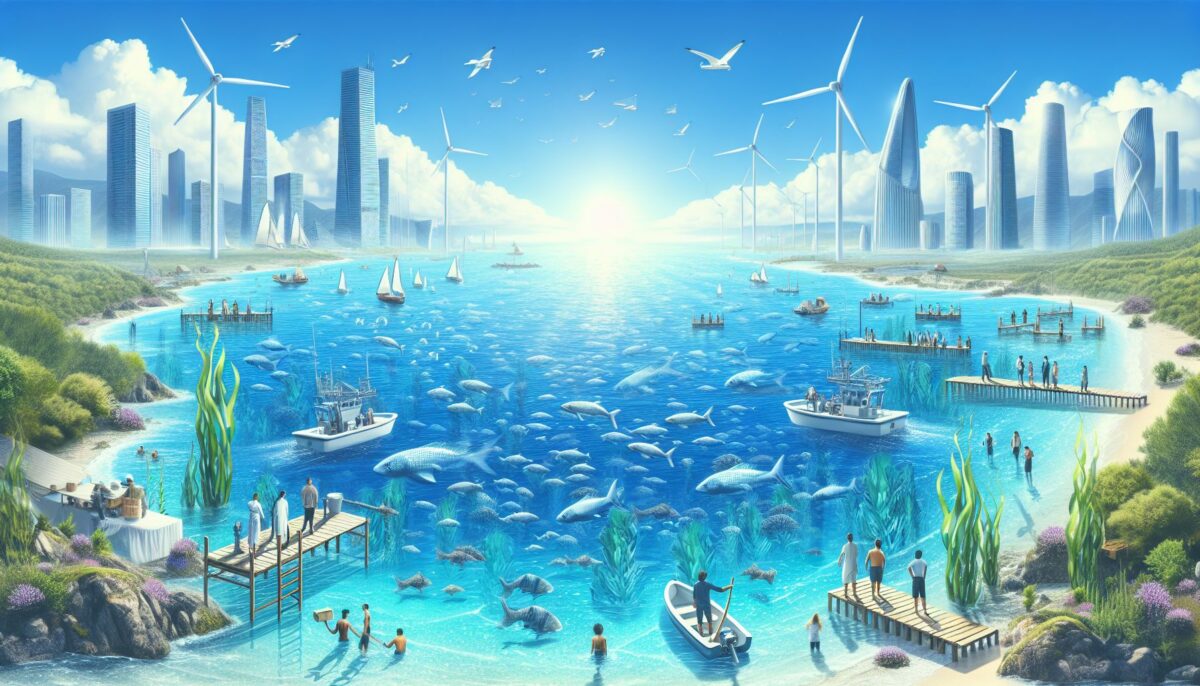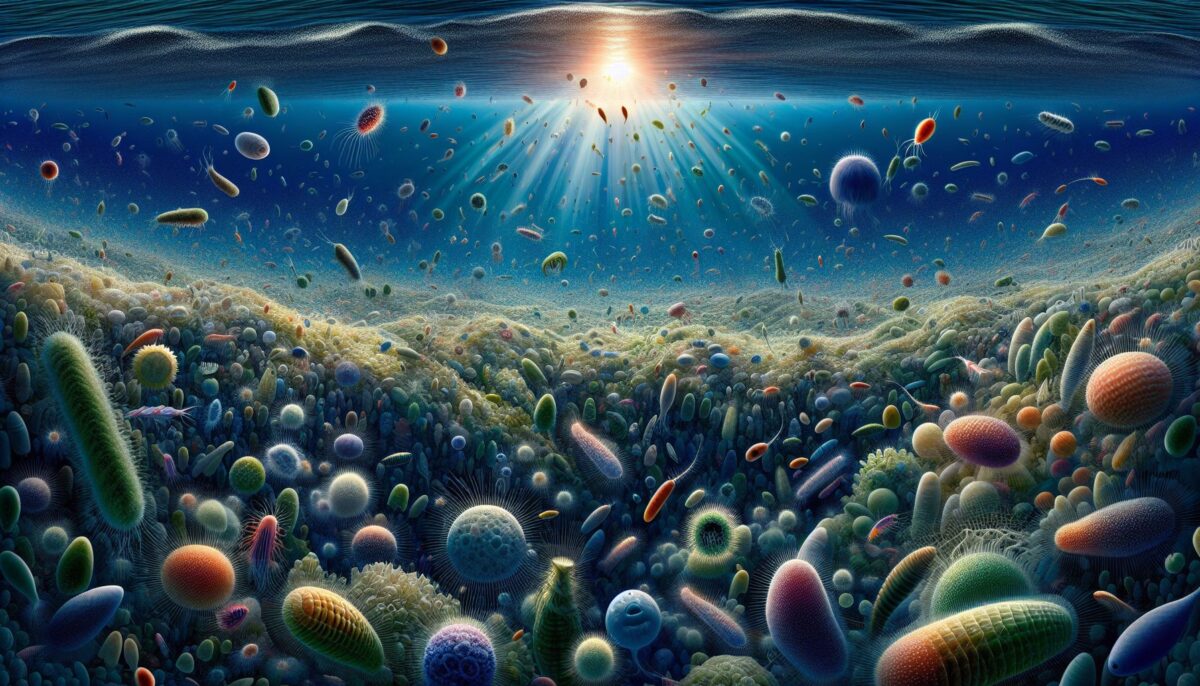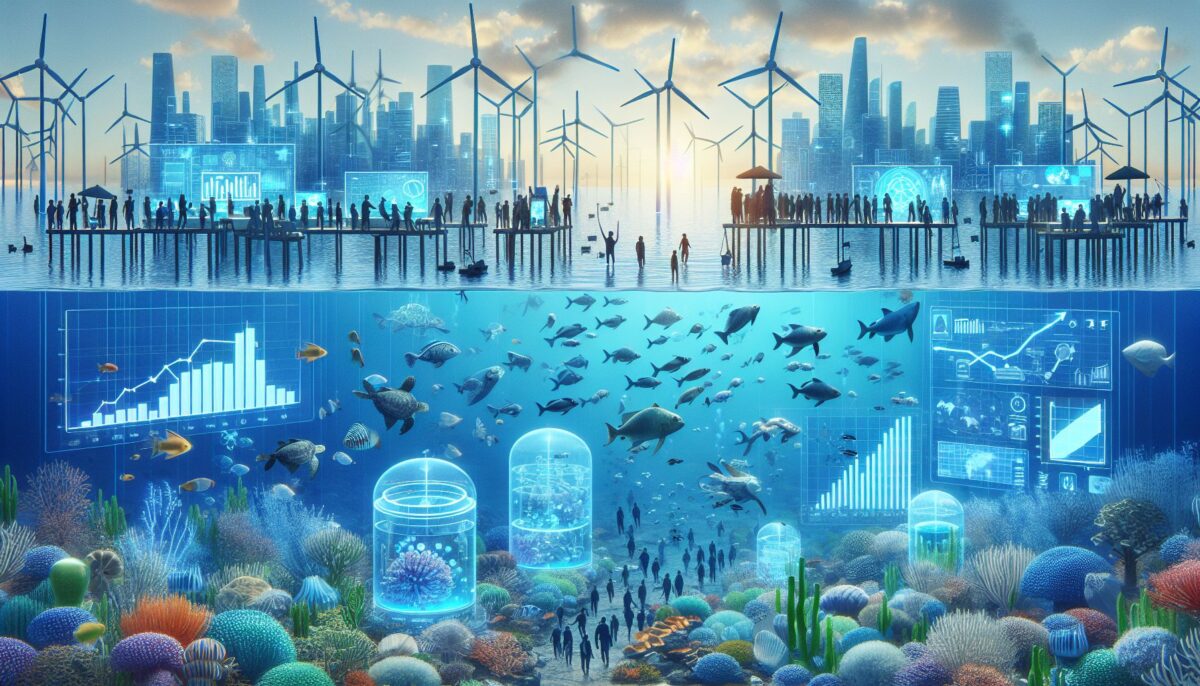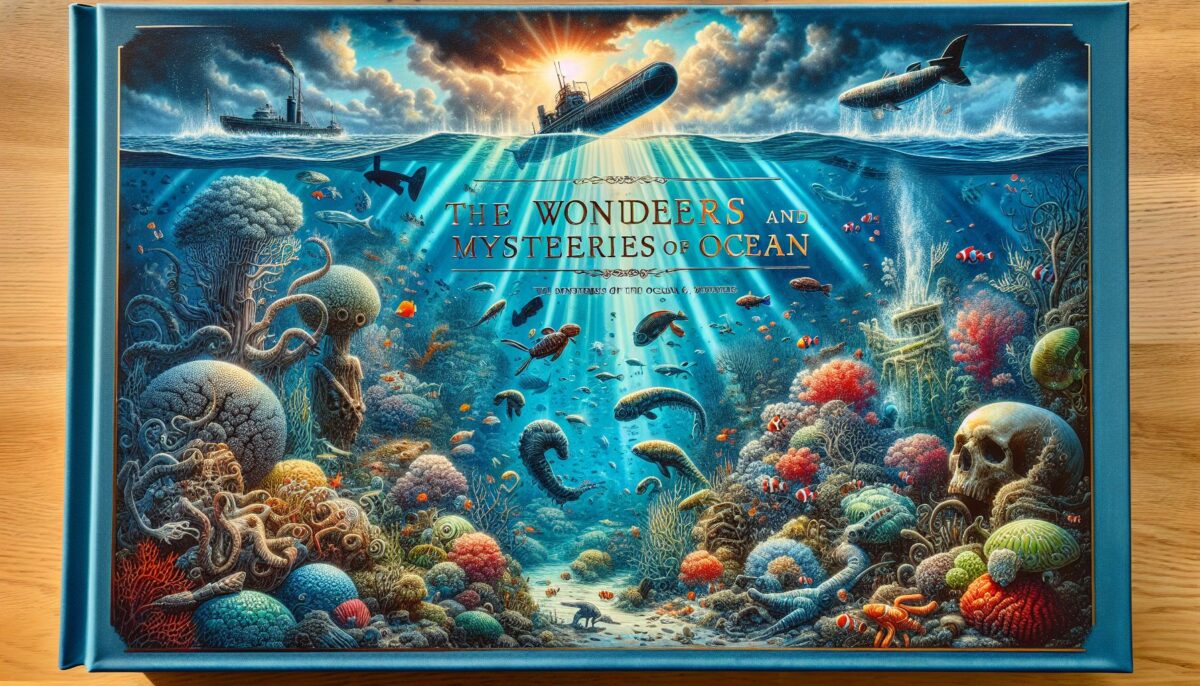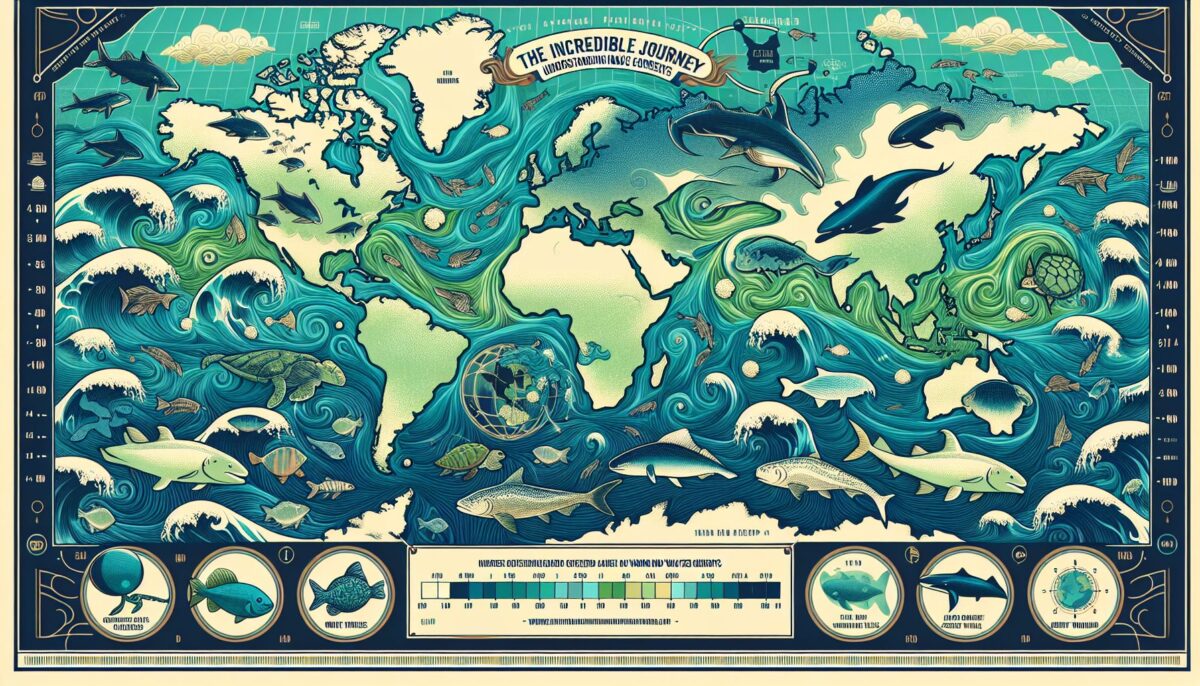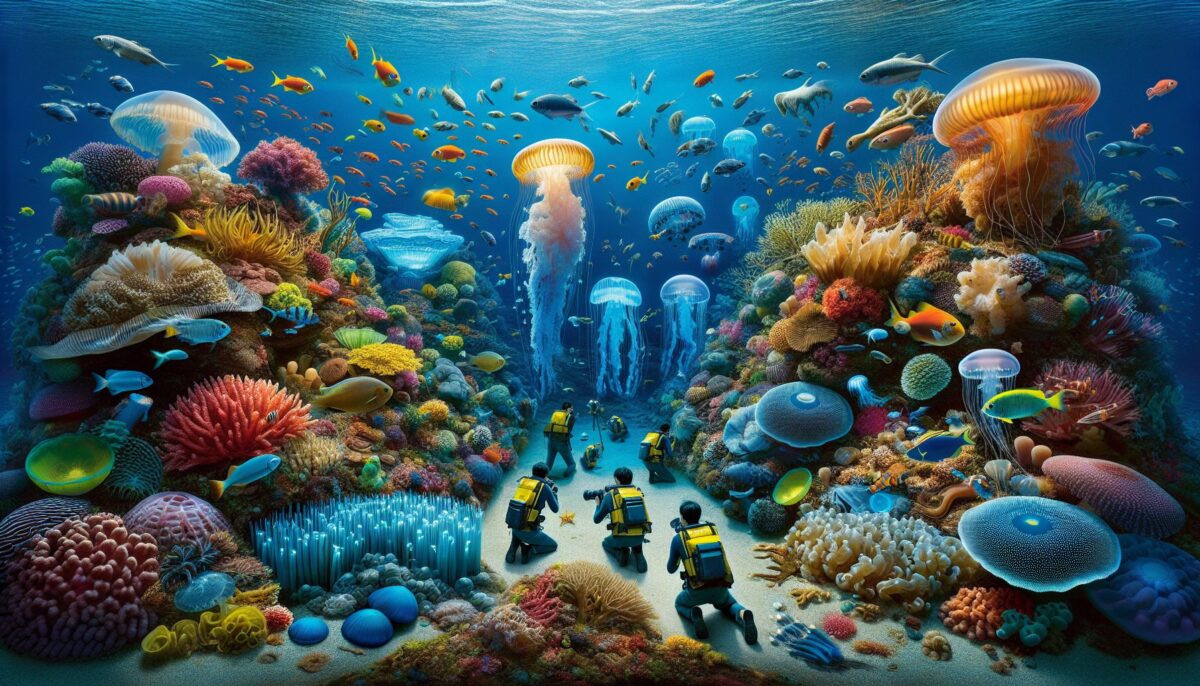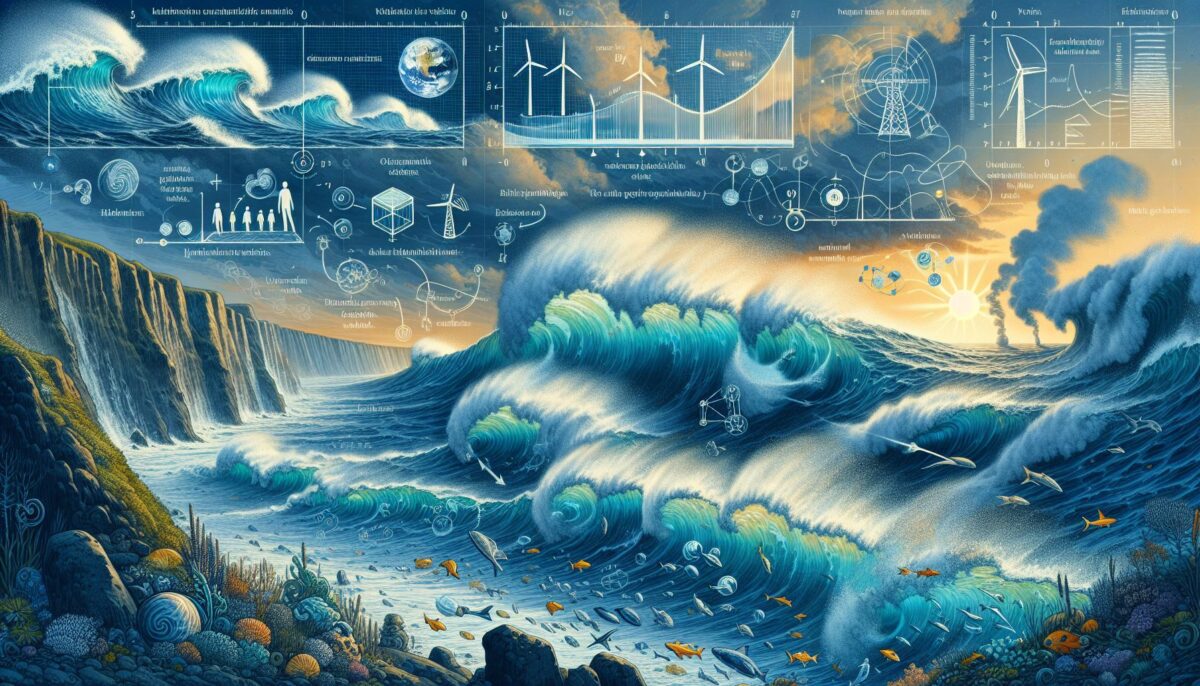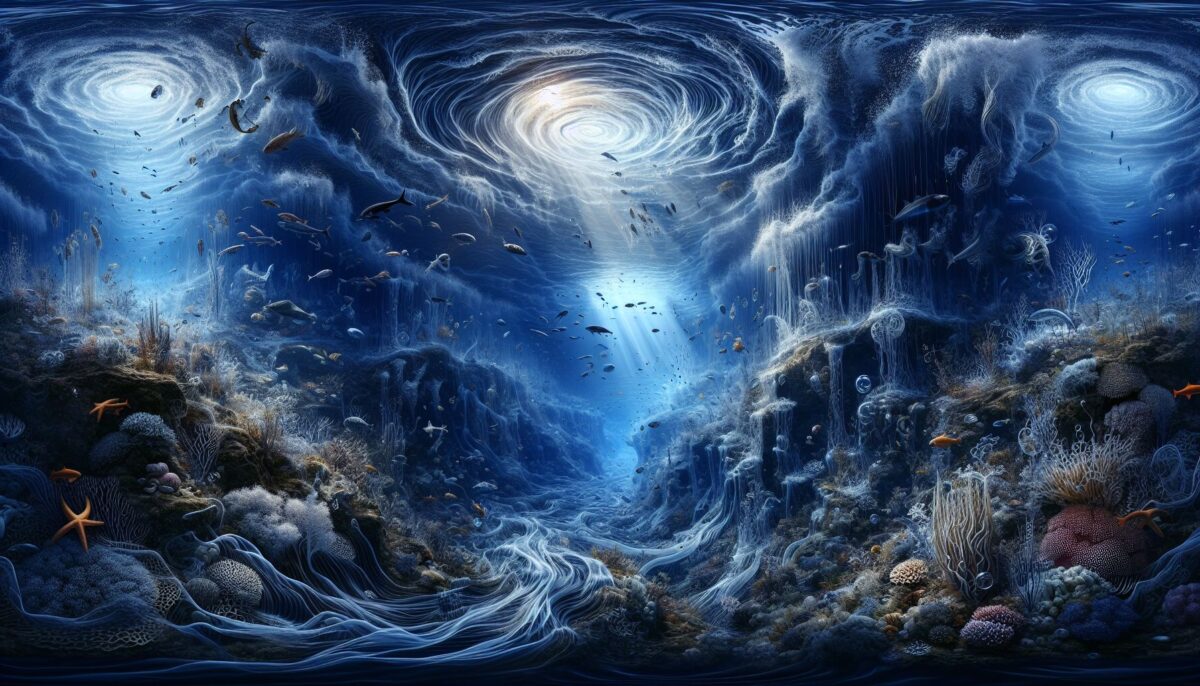Ocean currents have always been a subject of interest to sailors, scientists, and curious minds alike. These vast and powerful movements of surface and deep water play an integral role in distributing heat around the planet. By transporting warm and cold water from the tropics to the polar regions and vice versa, they help maintain Earth’s climate equilibrium and are crucial for marine life. In this exploration of ocean currents, we delve into how they form, their influence on climate, biodiversity, and human activity, and the environmental threats they face.
Understanding Ocean Currents
Ocean currents are unceasing, directed movements of the ocean’s waters. Driven by various forces such as the wind, temperature differences, and the Coriolis effect, they occur at both the surface and deep beneath. Typically, currents are either warm, originating from the tropics, or cold, coming from the polar areas. NOAA provides a detailed overview of ocean currents, explaining their mechanisms and factors influencing their movement.
Surface currents, which take up approximately 10% of the water in the ocean, are mainly propelled by the wind. They follow a certain pattern known as gyres and are responsible for creating large circular systems in the ocean basins. Deep currents or thermohaline currents, conversely, make up the other 90% and move around the ocean basins due to variations in salinity and temperature.
The Role of Ocean Currents in Climate Regulation
Ocean currents are the world’s largest heat-moving system, thereby playing a vital role in regulating Earth’s climate. They redistribute heat and energy from the equator to the poles, regulating temperatures and ensuring that they stay within a range that makes life on earth possible.
The exemplary case of the Gulf Stream, a warm ocean current, explains this beautifully. It begins in the Gulf of Mexico, flows up the east coast of the United States, and steers towards Western Europe. As a result, Western Europe enjoys a milder climate than other regions at the same latitude. Furthermore, the Intergovernmental Panel on Climate Change provides extensive insights into how ocean currents are integral to climate regulation.
Ocean Currents and Biodiversity
Ocean currents also play a critical role in marine biodiversity – they distribute nutrients, influence water conditions, and guide migratory paths for numerous marine species. Currents may carry phytoplankton and other nutrients from deeper levels to the surface, providing a rich source of food for organisms at various points along the food chain.
Moreover, currents affect the distribution and diversity of marine species. For instance, the warm East Australian Current has led to tropical species moving toward the temperate waters of Tasmania, significantly altering the local marine ecosystem. An article by Nature discusses how climate-driven changes in ocean currents could potentially impact global biodiversity.
Ocean Currents and Human Activity
Likewise, ocean currents have a significant impact on human activity. They influence shipping routes, fishing, and even offshore drilling operations. For example, navigators have to account for currents when calculating ship routes for efficient maritime transportation. Similarly, they also influence the location of fishing grounds by affecting the distribution of fish larvae and juveniles. Furthermore, in offshore drilling, currents can impact the disbursement of an oil spill in the event of an accident. The Marine Navigation and Safety of Sea Transportation book offers an in-depth understanding of the impact of ocean currents on maritime activity.
Threats to Ocean Currents and Need for Conservation
Despite their monumental role, ocean currents face significant threats due to global warming and climate change. Changes in temperature and salinity levels may disrupt thermohaline circulation, leading to altered or slowed currents and potential catastrophic climate changes. Research points to the slow but steady weakening of the Atlantic Meridional Overturning Circulation (AMOC), which includes the Gulf Stream, due to melting glaciers and increased rainfall.
To avoid disastrous consequences, it is essential to adopt responsible practices and cooperate globally to reduce greenhouse gas emissions. It is also incumbent upon us to support the conservation of key marine habitats and marine protected areas.
Wrapping Up
In conclusion, ocean currents play a crucial role in moderating our planet’s climate, supporting marine biodiversity, and influencing various human activities. Yet they are endangered due to climate change and global warming. By understanding these underlying processes and realities, we can better appreciate and respect our oceans and work towards their conservation. After all, the ocean’s health is a reflection of our planet’s wellbeing.
